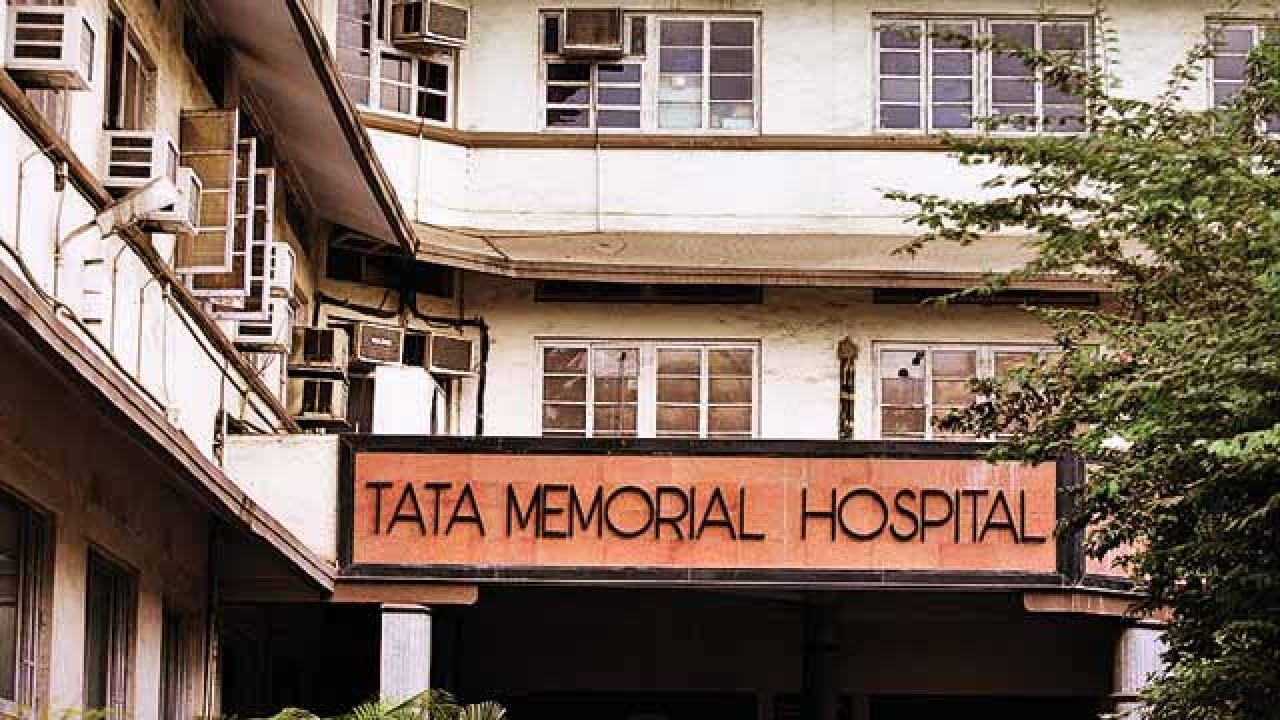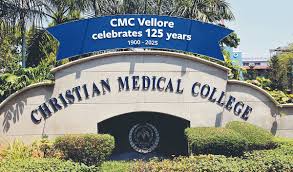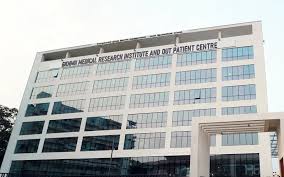In the heart of Mumbai, where the city’s pulsating energy meets its harsh inequalities, stands a place that symbolizes hope, resilience, and science — the Tata Memorial Hospital. For millions battling cancer, it is more than just a hospital; it is a sanctuary where a second chance at life is not reserved for the privileged few, but a possibility offered to all.
The origins of Tata Memorial Hospital are rooted in an extraordinary act of philanthropy and foresight by one of India’s most visionary industrialists, Sir Dorabji Tata. In the early 1930s, when cancer was considered a death sentence in India, and treatment facilities were nonexistent or inaccessible, the need for a dedicated cancer center became evident. Sir Dorabji had personally witnessed the devastation cancer wrought upon the lives of close family members. Deeply moved, he resolved to establish a hospital that could offer the best possible care, irrespective of a patient’s financial capacity.
Sadly, Sir Dorabji passed away before his dream could be realized. But the Tata Trusts, founded on the ethos of nation-building, carried forward his vision. After years of meticulous planning and unprecedented fundraising efforts, the Tata Memorial Hospital was inaugurated on February 28, 1941. It was the first institution of its kind in India and among the very few cancer specialty hospitals in the world at that time.
At its inception, Tata Memorial Hospital was designed not merely as a place for treatment but also for research and education. The founders recognized that battling cancer required an integrated approach: cutting-edge science, early diagnosis, and public awareness. This forward-thinking philosophy would later define the hospital’s pathbreaking role in India’s healthcare history.
The early decades were challenging. Cancer was a poorly understood disease, and myths and stigma abounded. Treatments were rudimentary, and survival rates were dismally low. But slowly and steadily, Tata Memorial Hospital became a lighthouse in the fog of ignorance. It pioneered techniques in surgery, chemotherapy, and radiation therapy at a time when these were still experimental in many parts of the world.
In 1962, a major transformation came when the hospital was merged with the Cancer Research Institute (CRI), creating a formidable combination of patient care and research. The Government of India took over administrative control, while Tata Trusts continued to provide funding and support, making it a unique public-private partnership in healthcare.
One of Tata Memorial Hospital’s defining missions has been its unwavering commitment to affordability and access. Even today, over 60% of the patients treated here receive either free or highly subsidized care. It is a place where the destitute share waiting rooms with billionaires, where treatment decisions are made solely on medical need and not financial status.
Over the decades, Tata Memorial Hospital has been at the forefront of cancer research in India. It was among the first to identify specific patterns of cancer incidence in India, such as the high prevalence of oral cancers due to tobacco chewing. Its studies helped shape national policies, public awareness campaigns, and preventive health programs. It has also led clinical trials that have influenced cancer treatment protocols globally.
The institution has expanded over time into a sprawling campus that includes cutting-edge facilities like the Advanced Centre for Treatment, Research and Education in Cancer (ACTREC) in Navi Mumbai. New specialized units, robotic surgery programs, immunotherapy research, and palliative care centers have made Tata Memorial one of the most comprehensive cancer centers in Asia.
Beyond its infrastructure and research achievements, Tata Memorial’s human story is even more powerful. Every day, it treats children with leukemia, mothers with breast cancer, fathers with lung cancer — offering them not just chemotherapy or surgery, but a fighting chance. Its teams of doctors, nurses, social workers, and volunteers often go beyond clinical duties to arrange housing, employment support, counseling, and rehabilitation for patients and their families.
The COVID-19 pandemic tested the hospital’s resilience like never before. Despite overwhelming odds, Tata Memorial Hospital continued treating thousands of cancer patients, adapting protocols, innovating with remote consultations, and creating safe treatment environments. In those dark days, it reinforced its identity not just as a hospital, but as a protector of hope.
Today, Tata Memorial Hospital sees more than 75,000 new patients every year. It continues to lead the National Cancer Grid of India, connecting over 200 cancer centers to standardize and elevate the quality of care across the country. It trains hundreds of oncologists, surgeons, radiologists, and nurses annually, creating a ripple effect that improves cancer care far beyond Mumbai.
But at its heart, the essence of Tata Memorial remains beautifully simple and powerful: to give every Indian, regardless of status or wealth, a fighting chance against one of humanity’s most formidable diseases.
Sir Dorabji Tata’s dream lives on in every cured patient, every research breakthrough, every tear of gratitude shed in its corridors. In a country where access to healthcare often divides, Tata Memorial Hospital continues to be a rare bridge — where science, service, and humanity meet.




